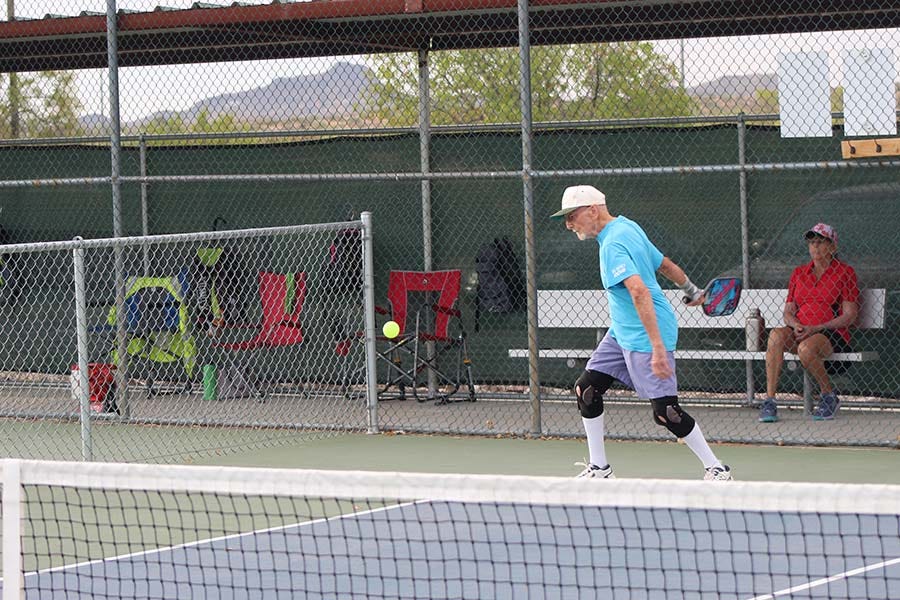The whole idea of exercising is foreign to hunter-gather societies, as it would have been to ancient people before the advent of modern technology. When Harvard University evolutionary biologist and paleoanthropologist Daniel Lieberman released his book Exercised, I interviewed him for my Medium article 7 Big Exercise Myths. Among the revelatory first-hand experience Lieberman shared:
Women and men in Tanzania’s Hadza tribe, among the most well-studied hunter-gatherer societies, have no concept of what people living in more modern societies call exercise. They typically walk five to 10 miles a day to put food on the table and spend much of the rest of their waking hours doing light activities or sitting around.
“Exercise is like learning algebra,” Lieberman told me. “It can be useful, but we never evolved to do it.”
We modern humans need to exercise only because most of us sit on our butts so much. That does not mean we’re all going to like exercising. Which is why you might want to totally rethink your approach to fitness, as this week’s featured article explains…

Play Your Way to Better Health
Getting out and move more are keys to better health and longevity. So if you’re not a fan of traditional exercise—jogging, lifting weights or other solo fitness activities—take up a sport or other physical activity that involves more social interaction. Research actually suggests playing a sport with others, such as golf, tennis or pickleball, can lead to better health and longer life compared with solitary exercise regimes. That’s especially true if you play outside, offering a double the fun and health benefits.
The most effective exercise routines, like successful diets, are those we choose to integrate into our lives rather than those imposed on us. And an effective way to integrate more physical activity into our lives is through play. Doing so can have significant health benefits, even better than formal exercise.
—Zachary Walston, PT, DPT, OCS
The Two Critical Stages of Aging You Need to Successfully Navigate
Aging can seem like a gradual, year-by-year process. Yet there are those moments. Every now and then I look in the mirror and holy crap, it seems like I’ve suddenly aged ages. Then there are those routine life things that seemed so… routine, then suddenly they become hard—painting the house, throwing a 40-pound bag of dog food over your shoulder, bending over to ties your shoes without sitting down. Well, it turns out we do not age stepwise, as this new research reveals…
“We’re not just changing gradually over time,” Michael Snyder, PhD, a geneticist at Stanford and senior author of the study, said in a statement. “It turns out the mid-40s is a time of dramatic change, as is the early 60s.” … 40-somethings undergo a significantly decreased ability to metabolize alcohol, while 60-somethings experience a decreased ability to metabolize carbohydrates. … However, there was one change researchers noted that affected people at both age points: A dramatic decline in muscle mass.
—Kathleen Murphy
Murphy goes on to explain what one needs to do during these stages to avoid a dramatic reduction in physical capability and increased risk of chronic diseases.
Light Pollution Linked to Lousy Sleep, Dementia and Other Chronic Diseases
A new study links outdoor light pollution to higher risk of Alzheimer’s disease, the most common form of dementia. It’s just one of many studies shedding light on why we should all shoot for total darkness in the bedroom, as we’ve evolved to be accustomed to throughout nearly all of human history.
The upshot: Even a little bit of light at night, from outdoor light pollution or generated inside the bedroom, sneaks through our translucent eyelids and impairs sleep duration and quality — without us even realizing it — leading to higher risk of stress, anxiety, cancer, and numerous other chronic physical diseases and mental health conditions.
—Robert Roy Britt
Plus, from our sister publication, Aha! Science…
The Story of Truly Toxic Books
Book lovers might enjoy inhaling the scent of old books, but some caution is in order. Surprising hazards are found in some vintage books.
The intricate designs, beautiful embossing, and vibrant colors of Victorian-era books (published between 1837–1900) can attract bibliophiles like bees to pollen. But some of the brilliant pigments that bring delight may also contain and be shedding harmful substances such as lead, chromium, and arsenic — hundreds of years after first manufactured.
—Annie Foley
If you suspect you have a toxic book in hand, or that several might be lurking at your favorite library or bookstore, Foley explains what to do.
The Pandemic Problem: Humans Infect Animals Infect Humans Infect…
Wildlife and farm animals serve as reservoirs for Covid-19 and other common infectious diseases. Preventing future pandemics requires monitoring and protecting all species from zoonotic pathogens, these researchers argue. But first, we need to better understand the role played by rats, mice and other animals not typically included in studies of cross-species disease transmission.
Researchers have documented this phenomenon of human-to-animal transmission, colloquially referred to as spillback or reverse zoonotic transmission, in both domestic and wild animals. Wildlife may be infected either directly from humans or indirectly from domestic animals infected by humans. This stepping-stone effect provides new opportunities for pathogens to evolve and can radically change how they spread, as seen with influenza and tuberculosis.
—Anna Fagre and Sadie Jane Ryan
Out There: Other Health & Wellness Articles
Swedish health authorities say toddlers should get zero screen time (New York Times)
States with strictest abortion laws offer the least support for women and families (NBC News)
6 popular herbal supplements linked to potential liver risks (Medical News Today)
I hope we’ve helped make your tomorrow a little better than today.
Cheers,
Rob




